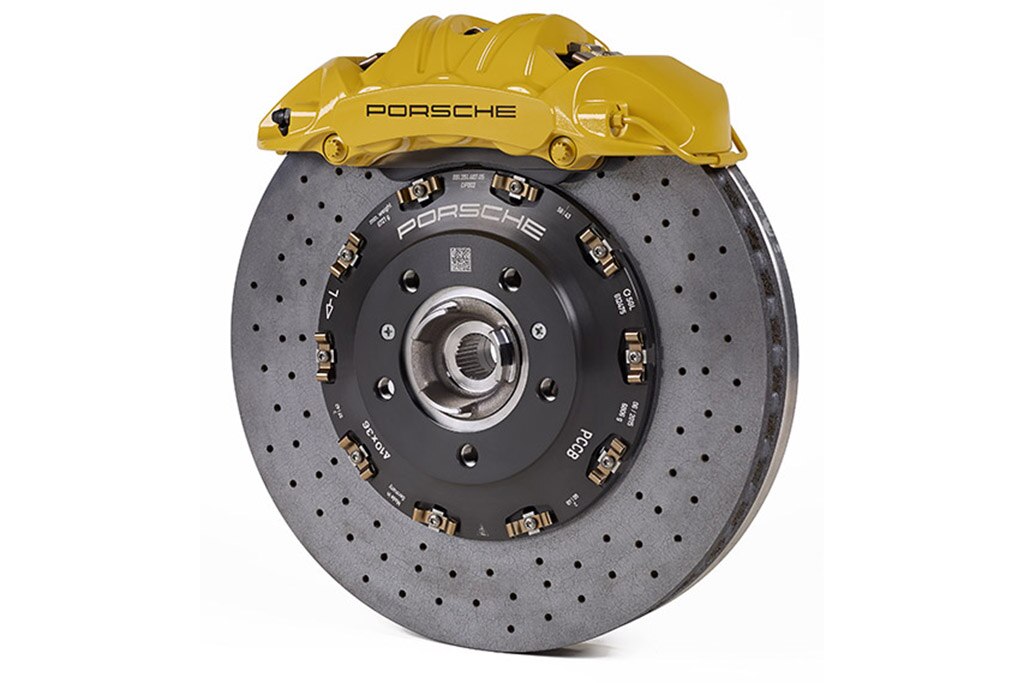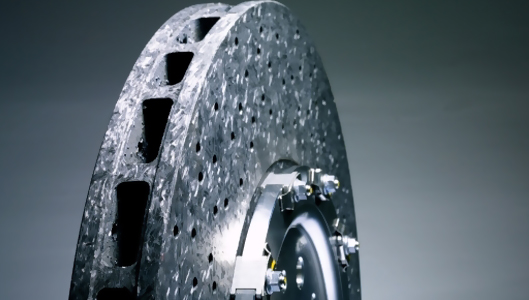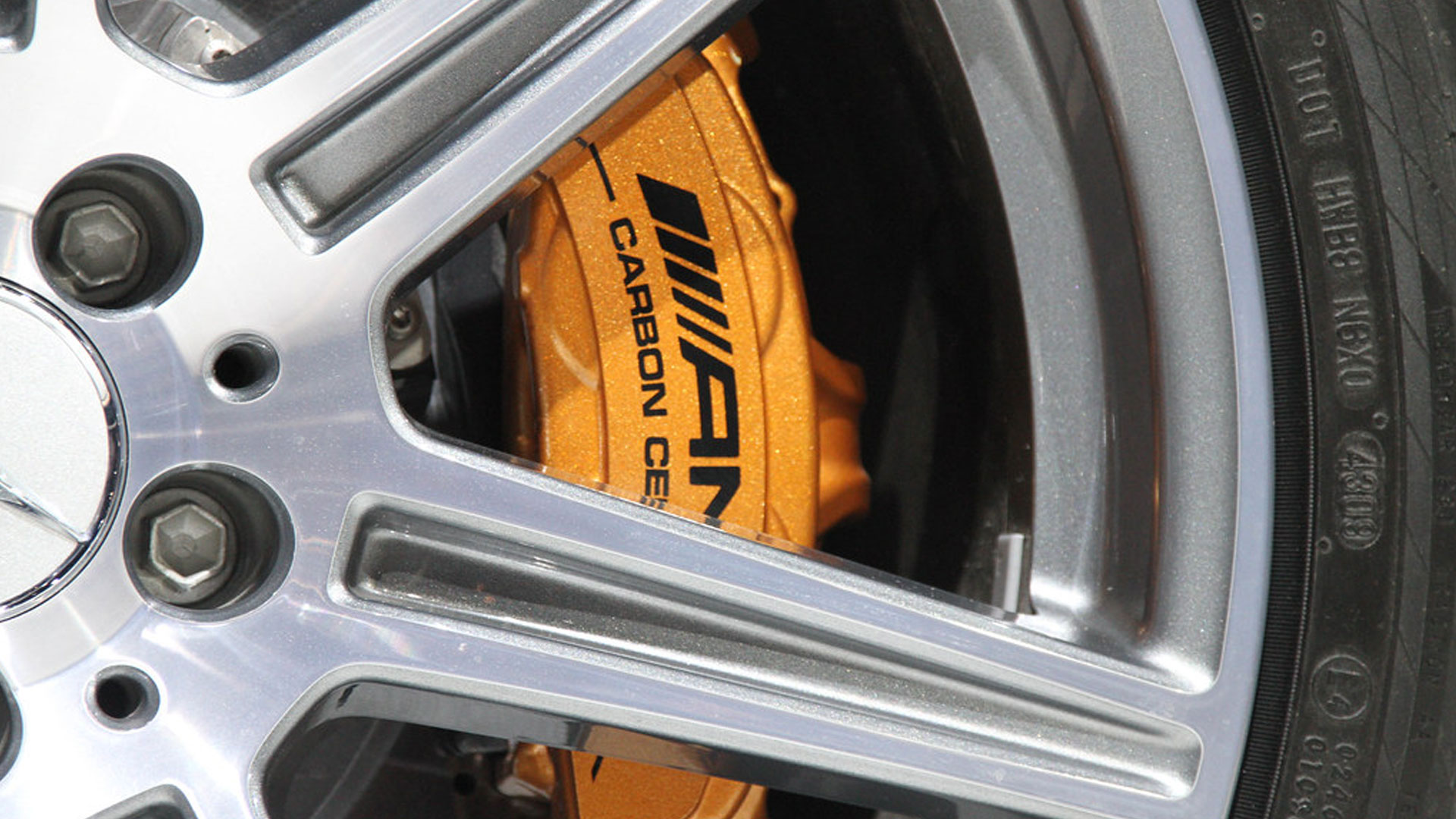Who Invented Carbon Ceramic Brakes

Carbon ceramic brakes on the other hand are virtually immune to corrosion.
Who invented carbon ceramic brakes. In conclusion ceramic brakes offer a large. The difference or improvement in the carbon ceramic brakes can be credited to the use of different materials and changes in the design but it operates in the same way. Carbon brakes became widely available for commercial airplanes in the 1980s having been first used on the concorde supersonic transport. Carbon ceramic brakes also called ceramic composite brakes is a version of the fixed caliper disc brake and is used on supercars and high performance vehicles.
February 1997 sgl carbon launches development of carbon ceramic discs ccb. This action slows the rotation of a shaft such as a vehicle axle either to reduce its rotational speed or to hold it stationary the energy of motion is converted into waste heat which must be dispersed. The 390 mm carbon ceramic discs at the front are coupled to 6 piston calipers with a 143 cm2 pad while the 360 mm carbon ceramic discs on the rear are coupled to 4 piston calipers with a 77 cm2 pad. Established in 1992 surface transforms began developing an automotive carbon ceramic brake in 2004 utilizing continuous carbon fibre instead of chopped carbon fibre.
Finally carbon ceramic brakes are much cleaner and quieter than conventional steel brakes. The brake system is completed with brembo ccm discs that ensure a weight reduction of 50 compared to cast iron discs. Due to the materials that make up a carbon ceramic disc they tend to be more resistant to the elements. Hydraulically actuated disc brakes are the most commonly used.
A disc brake is a type of brake that uses the calipers to squeeze pairs of pads against a disc or rotor to create friction. Carbon ceramic brakes are much quieter than normal brakes. This is because the material they re made from is much less reactive than steel and iron due to the material s tightly bonded structure. A related non ceramic carbon composite with uses in high tech racing automotives is the carbotanium carbon titanium composite used in the zonda r and huayra supercars made by the italian motorcar company pagani.
Carbon ceramic brakes are significantly lighter than their cast iron counterparts up to 70 lighter. This means that the reinforcing carbon fibres in the ceramic matrix were now much longer than chopped fibre rotors and offer many benefits over chopped fibre carbon ceramic rotors.



















